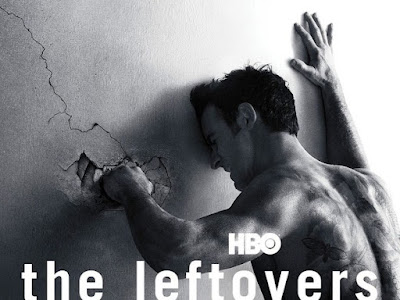John Ford’s Republic of Images: Landscapes, Law, and the Idea of America
John Ford once said, “My name is John Ford. I make Westerns.” The understatement masks a legacy that reaches far beyond six-shooters and stagecoaches. To watch a Ford film is to enter a complete republic of images—rugged horizons, candle-lit interiors, hymns rising from a clapboard church—where the American experiment is endlessly rehearsed. For iLawCinema readers, Ford matters not only because he occasionally dramatized a courtroom, but because he filmed the nation’s unwritten constitution: the evolving pact between individual freedom and communal responsibility.
The Ford Universe: Monument Valley as Moral Compass
Ford’s pictures are instantly recognizable. Monument Valley is less a backdrop than a civic space; its towering buttes dwarf every boastful gunman and solemn preacher who crosses the frame. Inside that landscape Ford stages pageants of ritual—dances, funerals, elections, even informal “juries” formed around a saloon table. The camera is rarely flashy, yet perfectly poised; a simple pan can resonate with the quiet authority of history itself.
The “Proper American” Archetype
Ford’s heroes—Tom Joad, Ethan Edwards, Ransom Stoddard—embody a code of duty tempered by humility. They are never flawless, but they are tasked with bridging private desire and public good. In this sense Ford offers a civic blueprint: an America where citizenship begins with self-restraint and ends with sacrifice. His soldiers salute not only the flag but the farmers who raised it; his sheriffs enforce the law yet defer to the conscience of the town.
Social Critique Beneath the Myth
Though celebrated as Hollywood’s poet of manifest destiny, Ford was an unsparing critic of social injustice.
- The Grapes of Wrath (1940) spotlights migrant workers crushed by corporate landowners, turning economic exploitation into a national indictment.
- How Green Was My Valley (1941) laments industrial greed through a Welsh mining family, implying that capital has no flag.
- The Searchers (1956) strips the Western of innocent patriotism, exposing racism so raw that the landscape itself seems complicit.
These films remind us that Ford’s America is an ideal forever tested, never guaranteed.
Brief Detours to the Bar: Law in the Ford Canon
Ford rarely lingers on statutes, but when he does, the law becomes both plot engine and ethical mirror.
- Young Mr. Lincoln (1939) frames justice as folk wisdom sharpened into legal argument, while The Man
- Who Shot Liberty Valance (1962) pits the rule of law against frontier violence—and immortalizes the line, “When the legend becomes fact, print the legend.”
For legal audiences, the takeaway is clear: narrative determines precedent as much as precedent determines narrative.
Technique as a Collective Invitation
Ford favored long takes, deep focus, and ensemble blocking that allowed viewers to choose where to look. The audience, like a jury, must weigh multiple perspectives within a single frame. Even his iconic “doorway shots” position us on the threshold between private life and public duty, an image that doubles as a civic metaphor.
Legacy: Cinema’s Founding Father
Ford collected four Best Director Oscars, mentored generations from Orson Welles to Martin Scorsese, and set visual grammar that still shapes courtroom dramas and space operas alike. More importantly, he proved that popular art could interrogate national ideals without abandoning popular appeal. In Ford’s hands, entertainment and citizenship were never mutually exclusive.
Verdict
Calling John Ford a “Western director” is like calling the U.S. Constitution a “legal document.” True, but wildly insufficient. Ford has created a cinematic world that forever citing and revising what it means to belong, to dissent, and to serve. His films remain indispensable case studies for anyone—jurist or cinephile—interested in how stories build nations.


Comments
Post a Comment